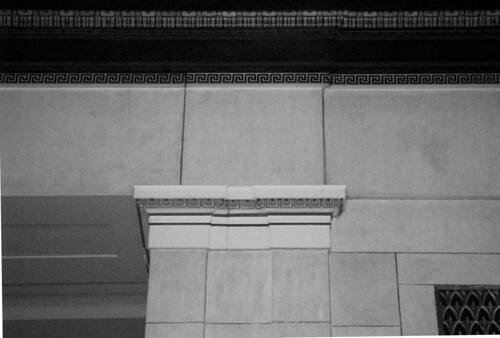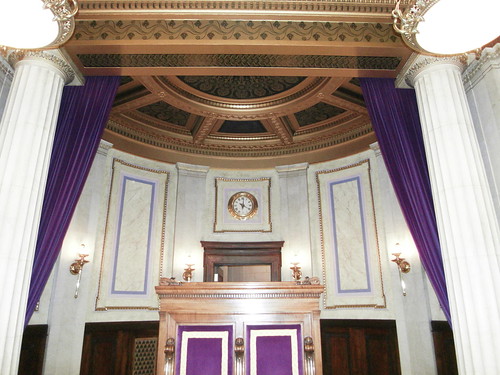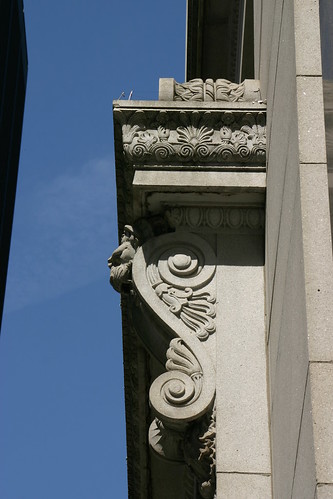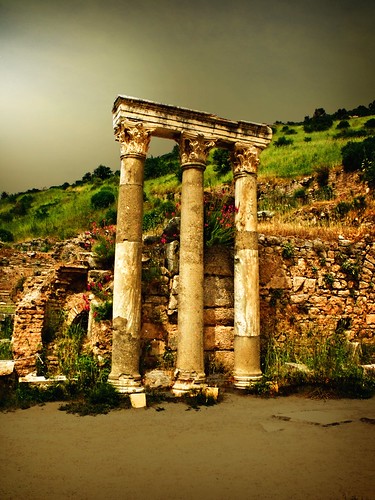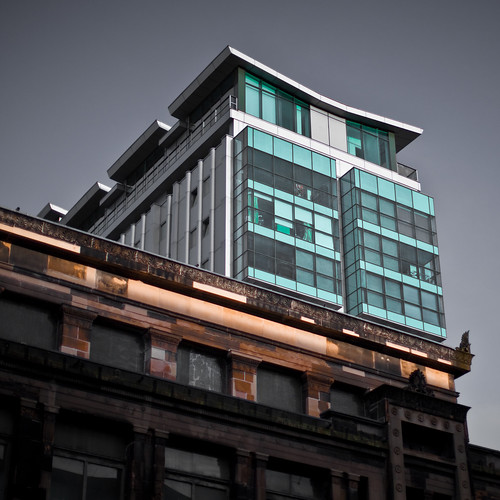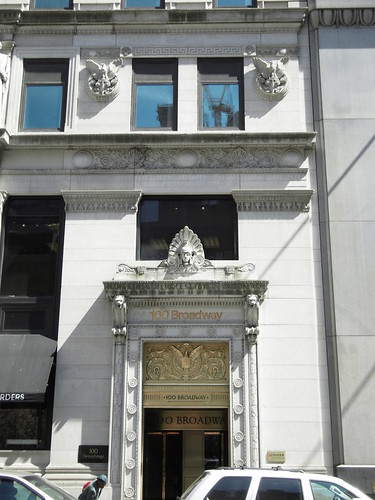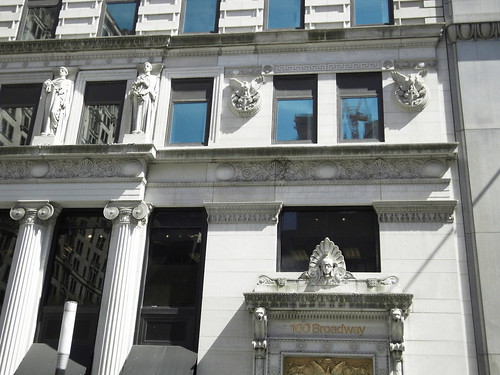
Image : http://www.flickr.com
Seven ancient Greek cities traditionally laid claim to the honour of being Homer's birthplace. The tradition is supported by an epigram, according to which the seven cities in question were Smyrna, Chios, Kolophon, Ithake, Pylos, Argos, and Athens. There is another version of it, however, according to which the seven cities were Smyrna, Rhodes, Kolophon, Salamis, los, Argos, and Athens.
This second list thus includes the island of los. It is also significant that all the ancient coins of los discovered so far have the head of Homer on one side. los claimed not only to be the birthplace of the great poet, however, but also the place where he died and was buried. We shall see below how much truth there may be in this.
With regard to Homer's birth, there is little evidence apart from the epigram mentioned above to support the idea that Homer was born on los. On the contrary, there is a great deal of evidence suggesting that the Homeric poems were born on the coast of Asia Minor, and this militates against the idea that los was Homer's birthplace.
Matters are different, however, when it comes to the question of where the poet died and was buried. There is a much evidence relating to the place of his death that supports the view that Homer died and was buried on los. A long text that was originally attributed to Herodotus, but which was ultimately proved to have been written in the 2nd c. AD, states that Homer was travelling from Samos to Athens and was obliged to disembark on los, when his ship was driven off course by the wind. The text even notes that he put in not at the city, but on a beach. There Homer died by the waves a few days later, ill and enfeebled by his misadventure. The people of los buried him by the coast, and inscribed his tomb as follows:
"HERE THE EARTH COVERS THE SACRED HEAD OF MEN AND HEROES HOMER THE DIVINE POET"
Another ancient author states that Homer died on a beach on los, though under different conditions. According to this text, Homer encountered some fishermen, and asked them a question. They replied in the form of a riddle, which he was unable to solve. Others who claim that Homer died on los are the historian Strabo, the geographer Skylax, the poet Alkaios of Messene, Pliny, and Pausanias, in his Phokika. The last named also tells us that los was the birthplace of Homer's mother, Klymaine. The theory that Homer was buried on los stems from a rectangular marble slab carved with an inscription, which was found by a farmer at some unknown date at Plakotos on the north coast of the island. The slab was brought to the town of los, where it was found in 1846 by a certain Ross, in the lintel of the house of lakovos Spatharou. Ross also read the inscription, which said., "MADE BY BULOUS".
Beneath the letters was an engraving of a cockerel, the bird commonly offered in sacrifice to Asklepios in the hope of a cure for illness or of escaping death. There can be no doubt that this slab once stood above a grave, though it could not have been asserted that this was the grave of Homer, had not Ross been preceded in 1771 by the Dutch officer Van Krinen, who claimed that he found the slab in situ (presumably in the region of Plakotos), and that in addition to the inscription "MADE BY BOULOS", he saw the complete phrase quoted in the 2nd c. AD text mentioned above, which clearly refers to the tomb of Homer. The Dutchman accordingly celebrated his discovery of the tomb of Homer, though prematurely: first because the letter-forms on the slab are those of Hellenistic or Roman times, and not the Archaic period, and second because there are three graves at the site, not one, as the Dutch officer believed.
Pausanias is another who speaks of the tomb of Homer, in his Phokika: "The people of los show the tomb of Homer on their island, next to that of his mother Klymaine." The tomb is also mentioned by Pliny. None of these authors, however, tells us where it was. The final conclusion is as follows: Homer may not have been born on los, but all the evidence points to his having died and been buried on the island. With regard to the tomb, this cannot possibly be the heap of stones found on the hill at Plakotos, nor the ruins of the Hellenistic tower called the Psaropyrgos. What is conceivable - indeed, the most likely eventuality - is that the tomb of the immortal poet lies in the north part of the island, not far from the sea.
If you take a look at the List of Greek islands you will definitely choose to Travel to Ios.
A Map of Ios is always a useful tool.


